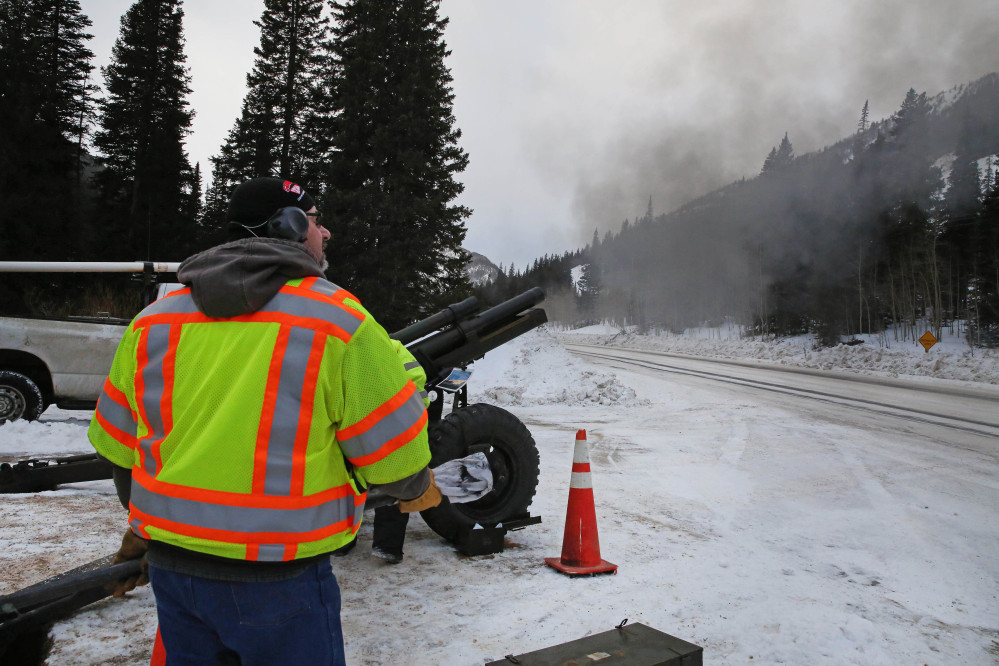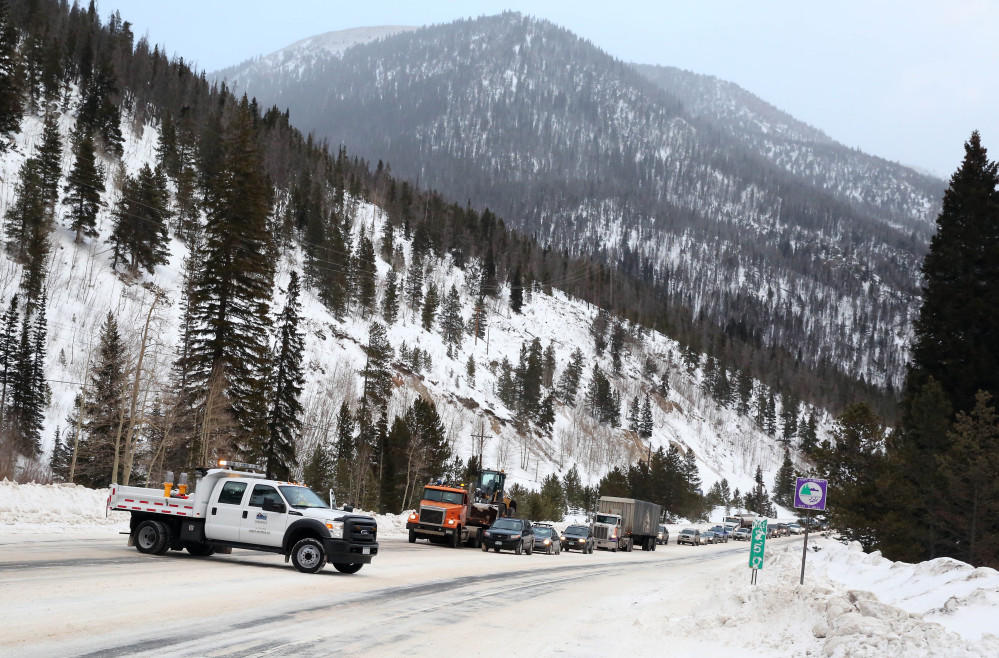SEATTLE — Skiers and snowboarders rejoiced when a series of storms dumped several feet of snow in the mountains across the West, after what had been a disappointing start for those seeking fresh powder in the backcountry.
But all the new snow and strong winds in the past month have fueled dangerous conditions from the Cascades to the Rockies, prompting forecasters to issue warnings of considerable or high avalanche danger for many places outside of established ski areas.
Seventeen people have died in an avalanche this winter, 11 of them since early February. Many more skirted disaster and survived with broken bones or other injuries. Some were partially buried in snow, but managed to dig themselves out or were dug out by companions.
Avalanche experts are seeing a similar problem across the region: too much snow and strong winds overloading weak layers of old snow. With too much stress and not enough time to bond or stabilize, that weak snow layer eventually gives way.
“It’s like putting a brick on top of a pile of potato chips,” said Bruce Tremper, director of the U.S. Forest Service’s Utah Avalanche Center.
Some parts of Utah received more snow in the past three weeks than in the prior three months, he said last week.
The latest death, last weekend, came when a 49-year-old man was buried by a slide while snowmobiling in the West Cabinet Range near the Idaho-Montana border. His friend was buried with only his face exposed, but was dug out with no injuries, according to the Flathead Avalanche Center, which rated the slide forceful enough that it could destroy a car. The avalanche danger the day before, the last time conditions were updated, was high.
That same day in the Whitefish range in western Montana, three other snowmobilers escaped injury in two separate incidents when slides swept them down the slope.
Avalanches have killed on average about 28 people a year over the past 10 years, according to the Colorado Avalanche Information Center in Boulder, which tracks national statistics. The deaths so far this year aren’t unusually high, experts say, but have come during a short time period.
What has been unusual is how large and intense the slides have been.
According to the Colorado Avalanche Information Center, several recent avalanches ran larger than any in the past 20 years.
Scott Toepfer, an avalanche forecaster, said the large and destructive slides have taken out century-old trees and ripped off its foundation an old mining structure that has stood for decades.
“It’s been storm after storm after storm, and that foundation has reached a tipping point,” Toepfer said last week.
With more people venturing into the backcountry to play, experts say it’s more likely that people will be hurt or killed. They advise recreationists, at the very least, to get proper avalanche education, carry the right equipment including a beacon, shovel and probe, and check mountain and avalanche forecasts before heading out.
The Northwest Avalanche Center in Seattle offers hundreds of free avalanche awareness classes each winter. Lately, program director Scott Schell and others are targeting younger audiences, giving talks about avalanche safety at middle schools, ski schools and Boy Scout troops.
“We’re trying to get to them young enough to give them basic skills to make better decisions on their own,” Schell said.
Toepfer said that even the right equipment and education won’t make people immune to slides.
“Be judicious, be conservative in decision-making, and really evaluate the consequences of making the wrong decisions,” Toepfer said. “If you’re uncertain at all, the best thing to do is to back off.”
Boulder retiree Fred Larke, who recently went backcountry skiing near Winter Park, Colo., makes sure he heads into the backcountry with a friend, an avalanche beacon and a slope meter that helps him stay aware of steep slopes that are prone to avalanches.
“In reality, the best way to survive an avalanche is not to get caught in it in the first place,” he said.
Copy the Story LinkSend questions/comments to the editors.





Success. Please wait for the page to reload. If the page does not reload within 5 seconds, please refresh the page.
Enter your email and password to access comments.
Hi, to comment on stories you must . This profile is in addition to your subscription and website login.
Already have a commenting profile? .
Invalid username/password.
Please check your email to confirm and complete your registration.
Only subscribers are eligible to post comments. Please subscribe or login first for digital access. Here’s why.
Use the form below to reset your password. When you've submitted your account email, we will send an email with a reset code.